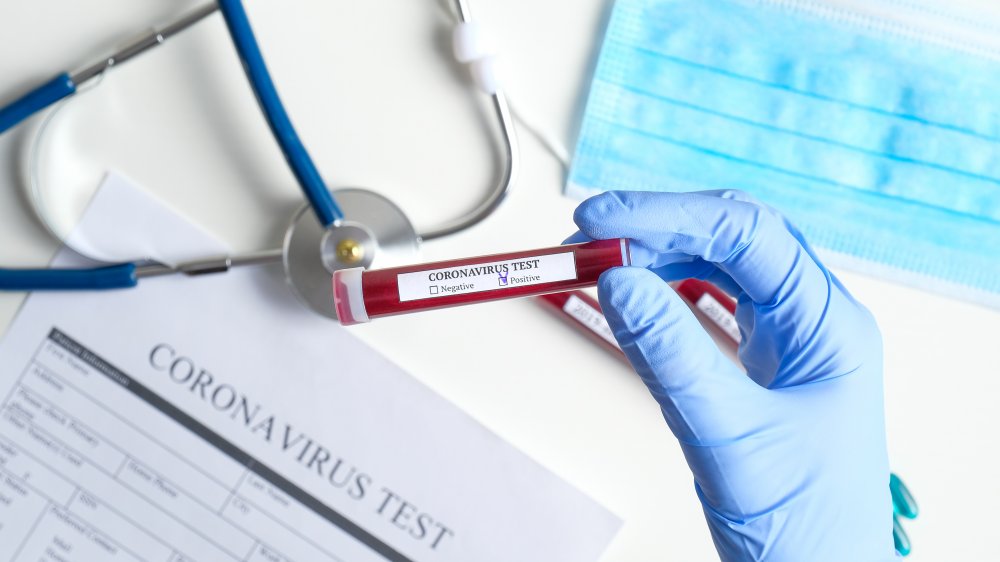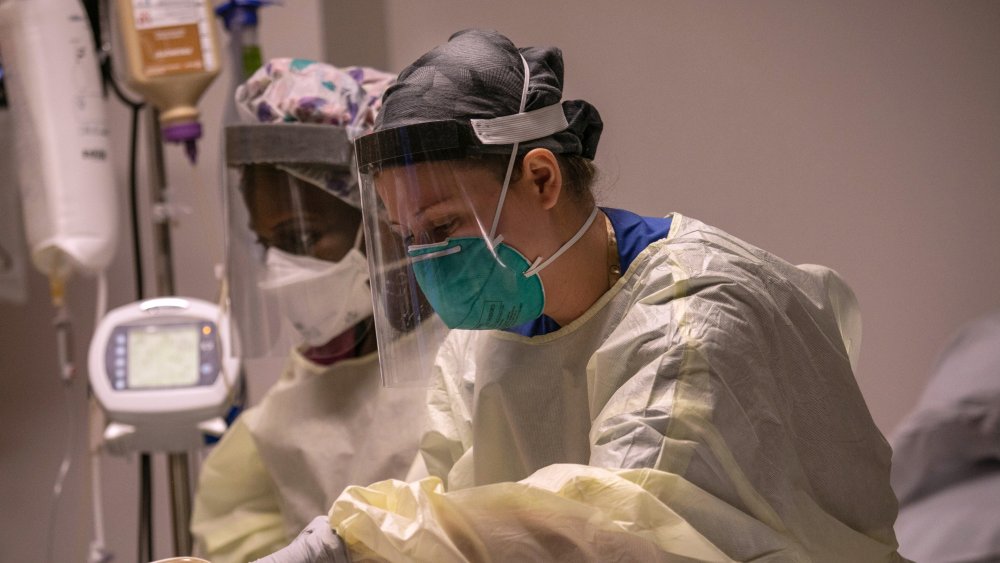There Are 6 New Possible Symptoms Of COVID-19, According To The CDC
When a new disease appears, health officials can't really tell us what its symptoms are until enough people have come down with it, and this has proven true with COVID-19.
Back in January, the Centers for Disease Control (CDC) listed just three possible symptoms of the novel coronavirus: fever, cough, and shortness of breath or difficulty breathing. NPR quoted the World Health Organization (WHO) as saying that COVID-19's symptoms would be mild for about 80 percent of the people infected, which meant they would either suffer from cold symptoms, or would feel like they might have the flu, but hospitalization would not be likely for those patients.
Fast forward to late April, and COVID-19 has become a global pandemic that has not only wreaked havoc around the world, it has also infected nearly 3 million people and killed more than 200,000; with most of the deaths having occurred in the United States (via Worldometer).
New discoveries about COVID-19 has changed the CDC's list of symptoms
If anything, the rising number of infections has given U.S. healthcare workers and scientists an opportunity to better understand COVID-19. They've learned the disease attacks more than just the respiratory system — it actually has the potential to attack the entire body, ABC News Chief Medical correspondent Dr. Jennifer Ashton explained on Good Morning America late last week. "Literally head to toe. Brain, heart, lungs, kidneys, intestinal tract, skin, we are seeing head to toe manifestations, and so far, this virus really looking like a bad actor," (via ABC). And because of the new discoveries surrounding the coronavirus, the CDC has added to the list of possible COVID-19 symptoms, including "chills, repeated shaking with chills, muscle pain, headaches, sore throat, and a new loss of taste or smell."
Other symptoms may be added to the list sooner than we think, because some medical professionals are seeing blood clots appear in younger patients — this is now so common that in Spain, doctors are actually prescribing blood thinners to patients with COVID-19 (via ABC). Doctors also say they are seeing what looks like frostbitten areas around the feet and the fingers of younger patients in a phenomenon now known as COVID toes. It could only be a matter of time before these two additional symptoms are added to the CDC list, too (via ABC).

